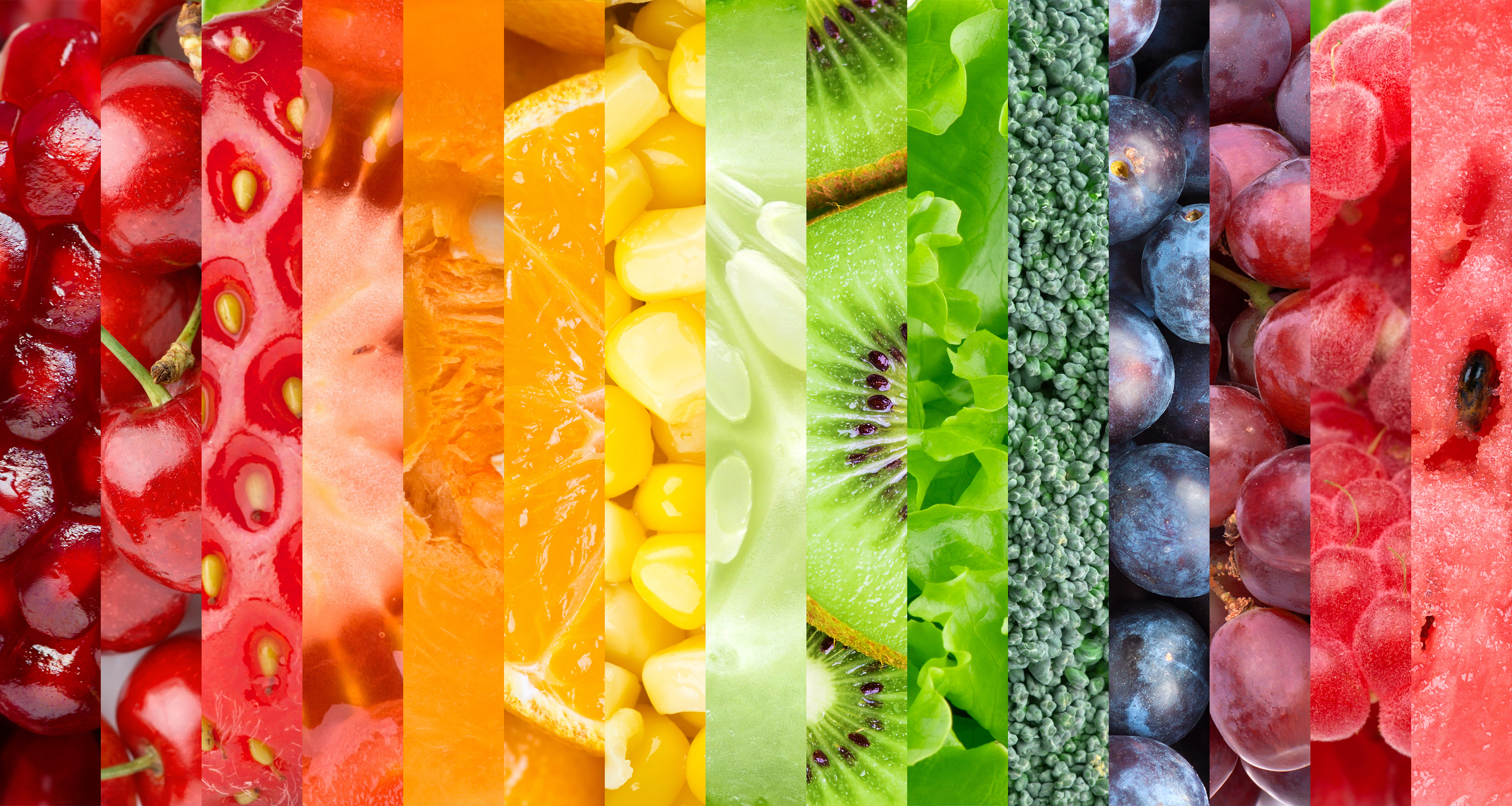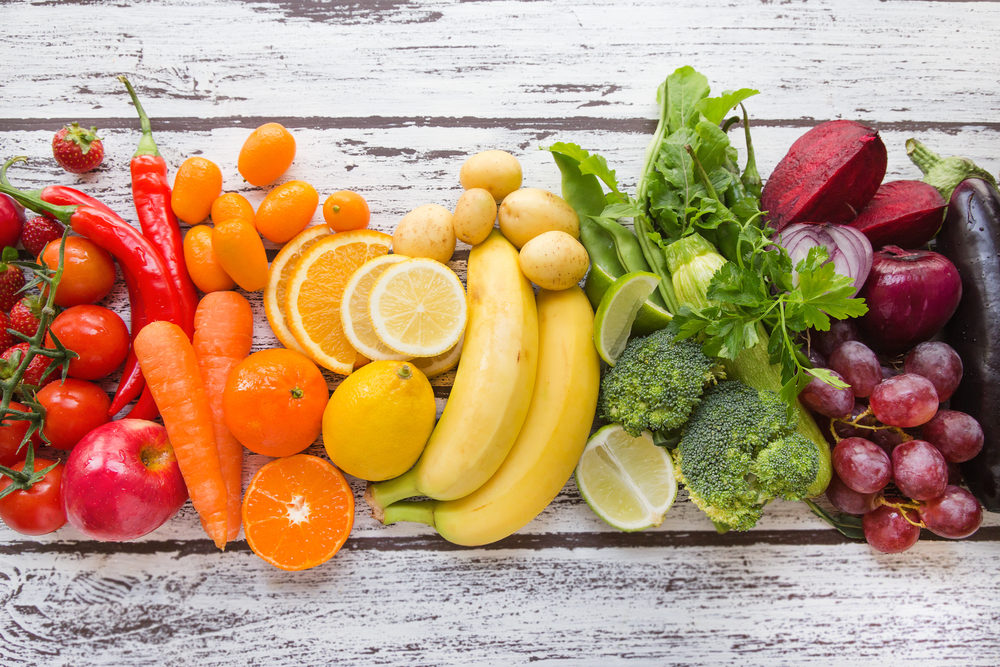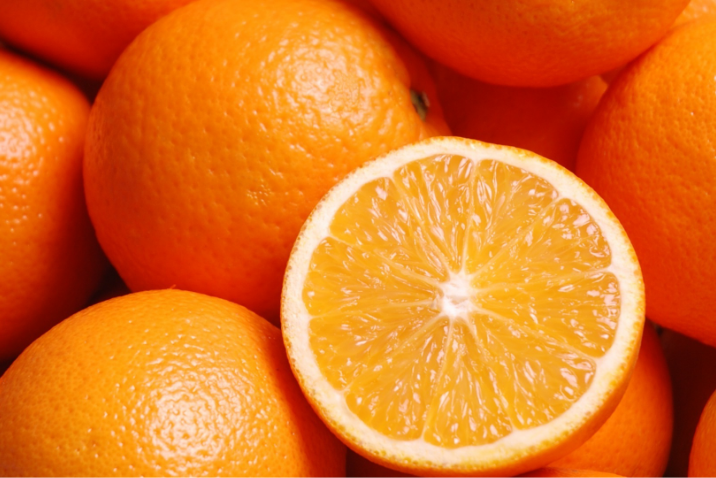Posted on September 18, 2020
Vitamin D is receiving a lot of light in the news! We are hearing about it everywhere, especially all about how it can help support the immune system.
What is vitamin D3 and how is it made?
Vitamin D3 is a fat-soluble vitamin is also known as the sunshine vitamin because, the body’s main source of this vitamin is from the sun. The ultraviolet (UV) rays from the sun reach vitamin D precursors on the skin to manufacture vitamin D3 (cholecalciferol). Cholecalciferol is the previtamin form of D3, which then travels to the liver to be metabolised into hydroxyvitamin D also known as 25(OH)D (calcidiol). The kidneys then convert the 25(OH)D into 25(OH)2D (calcitriol), which is the biologically active form of vitamin D that your body uses for the many processes that it is involved in1.
There are two types of vitamin D, vitamin D3 and vitamin D2. A similar process for Vitamin D production takes place in plants and mushrooms, where the UV rays leads to the formation of vitamin D2 (ergocalciferol) from ergosterol, a compound found in plant oils. Ingested D2 is also metabolised by the liver into 25-hydroxyvitamin D2 and follows the same pathway as vitamin D32. Vitamin D3 is slightly different in structure than vitamin D2 and more effective at maintaining vitamin D levels within the body2.
What foods contain vitamin D?
Vitamin D can also be obtained in small amounts from food sources including oily fish (such as salmon, sardines, herring and mackerel), red meat, liver, egg yolks, mushrooms, dark leafy vegetables, fortified foods like fat spreads and cereals4. Oily fish, meat and egg yolks provide vitamin D3, whereas some plants and mushrooms provide vitamin D2. The amount of vitamin D obtained from food sources is so small that most of the population consume less than 3µg of vitamin D per day1.
The importance of vitamin D in the body
Vitamin D contributes to the normal function of the immune system for example it plays a role in the working of the innate immune system5. The Innate system refers to first line of non-specific defence mechanisms that come into action immediately or within hours of an antigen’s appearance in the body. The mechanisms consist of physical barriers such as skin, chemicals in the blood and immune cells that attack foreign cells in the body6. Vitamin D also plays many additional roles in the body. It contributes to the normal absorption/utilisation of calcium and phosphorus, which aids in normal bone mineralisation. Vitamin D also helps maintain normal teeth and muscle function.
Why people in the UK cannot always synthesise enough vitamin D3?
It is paramount to get enough of Vitamin D which can be difficult for some people, particularly those living in countries including the UK – where the sunshine is only available for half the year, normally from late March/early April to the end of September4. During winter 30-40% of all age groups in the general population are classed with low vitamin D levels. Even towards the end of summer 8% of adults and 13% of adolescents remain with low vitamin D levels1.
Most of the vitamin D you need can be obtained during the summer months (between April and September), as the sunlight is at the critical wavelength for vitamin D to be synthesised. However, the sunlight is absorbed by the atmosphere during winter months and it can therefore be difficult to make vitamin D even on a sunny day over the winter months. It is therefore recommended by the government to take a supplement containing 10 micrograms or 400IU of vitamin D over the autumn and winter months and to maximise intake of food sources rich in vitamin D during this time4.
Vitamin D can be measured in micrograms (µg), the unit 1,000 times smaller than a milligram (mg) or in IU meaning international units (for vitamin D 1IU is equivalent to 0.025 µg).
Those at risk of insufficient vitamin D levels
The NHS recommends that a daily supplement containing 10 micrograms/400IU of vitamin D should be taken throughout the year for a certain group of people. These include: people who are not often outdoors, such as the elderly, people that are housebound or those in a care home, people who wear clothes that cover up most of the skin when outdoors or have a darker skin tone. Darker skin contains more melanin which blocks the sun UV rays4.
Lifeplan offers a range of vitamin D3 (easily utilised by the body) supplements in various strengths that are suitable for vegetarians.
https://www.lifeplan.co.uk/search?search=vitamin%20D&pageNo=2
Written By: Deepali Shah Katira
References
- More, J. (2016) Prevention of vitamin D deficiency. Available at https://www.bjfm.co.uk/prevention-of-vitamin-d-deficiency (Accessed 13th May 2020)
- Arnarson, A. (2018) Vitamin D2 vs D3: What’s the difference? Available at https://www.healthline.com/nutrition/vitamin-d2-vs-d3 (Accessed 13th May 2020)
- Molecular actions of Vitamin D in reproductive cell biology – Scientific Figure on ResearchGate. Available from: https://www.researchgate.net/figure/Basic-metabolism-of-vitamin-D-in-humans-Cholesterol-from-the-diet-undergoes-conversion_fig2_310458065 (Accessed 14 May, 2020)
- How to get vitamin D from sunlight (2018) Available at: https://www.nhs.uk/live-well/healthy-body/how-to-get-vitamin-d-from-sunlight/ (Accessed 3th May 20200
- Grant, W.B.; Lahore, H.; McDonnell, S.L., et al. (2020) Evidence that Vitamin D Supplementation Could Reduce Risk of Influenza and COVID-19 Infections and Deaths. Nutrients12(4), https://doi.org/10.3390/nu12040988
- McDonald, D.R. and Levy, O. (2019). 3 – Innate Immunity. Clinical Immunology. 5, 39-53.




